Discover The World's Weirdest Animals
"It's life, Jim, but not as we know it"

There has been a made of Nasa's recent discovery of 7 new Earth like planets orbiting their star around 40 light years away. And quite rightly too - each situated within the all important goldilocks zone and seemingly displaying conditions comparable to our own world, it is the first time we have observed potentially life harbouring destinations elsewhere in the universe. The possibilities in terms of what life might be found there is truly mind boggling, but if some of our own planet's own creatures are to go by then who knows what could be out there.
While looking out towards the galaxy is wonderfully exciting we shouldn't dismiss the variety and splendour of creatures found here at home. Holiday comparison site dealchecker.co.uk recently scoured the globe to put together a guide which looked at some of planet Earth's most weird, obscure, and frankly crazy looking inhabitants. Whether hidden at the bottom of the ocean, or scurrying among the forest foliage, life has found a way to survive and evolve in every kind of habitat. And the amazing thing is we're still discovering new species at an alarming rate.
Based on today's technology it would take over 11,000 years to reach TRAPPIST-1, so while we're waiting sit back and take a look at some of the more alien like animals found right here on Earth...
11. “Cantor’s Giant Softshell Turtle”
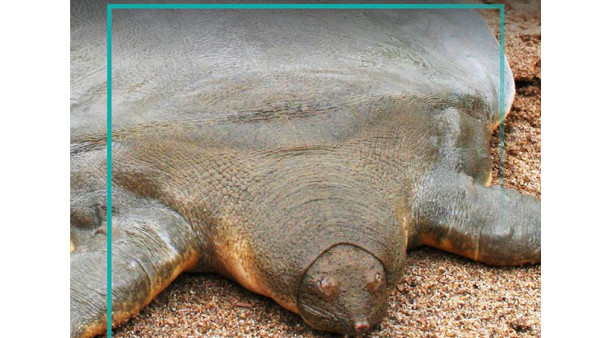
Scientific Name:Pelochelys Cantorii
Where to Find It: Southeast Asia, primarily the Mekong River
If you manage to catch a glimpse of the Cantor’s Turtle, consider yourself lucky. This water-dwelling reptile spends an astounding 95% of its life buried within the riverbed, only surfacing twice a day for a quick breather.
10. “Mexican Mole Lizard”

Scientific Name:Bipes Biporus
Where to Find It: Central America, particularly the Baja California Peninsula of Mexico
Amongst many other things about this curious creature, scientists are baffled by the gender politics of the Mexican Mole Lizard. It seems that although equal amounts of both sexes are born, there are twice as many adult females than males…
9. “Sea Pig”
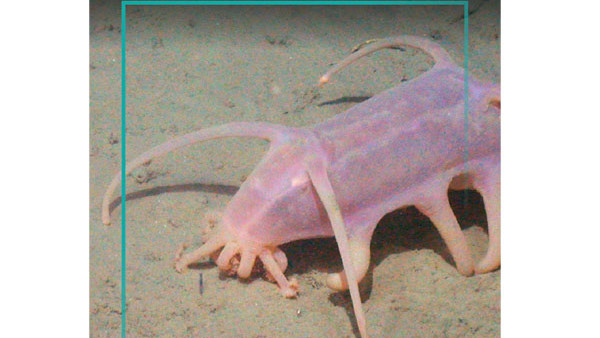
Scientific Name:Scotoplane
Where to Find It: Deep within oceans worldwide
Pink, snouted and weirdly cute, Sea Pigs have much in common with their land-dwelling counterparts. One notable difference however, is the bunch of extra legs the scotoplane sports along its back. You know, just in case.
8. “Sorting Hat Spider”

Scientific Name: Eriovixia Gryffindori
Where to Find It: The Western Ghats Mountains, India
Discovered by a research team only last year, this oddly shaped critter was immediately named after the ‘sorting hat’ of Harry Potter fame. With members of the team professing to be huge fans, JK Rowling’s fictional creations even found their way into the spider’s scientific classification – Eriovixia Gryffindori!
7. “Ninja Lantern Shark”
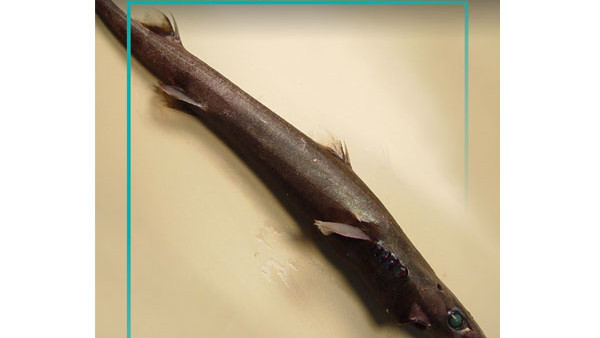
Scientific Name: Etmopterus Benchleyi
Where to Find It: Deep ocean off the coast of Panama and Costa Rica
The ocean’s newest sinister predator, Jaws has nothing on these guys – what it lacks in size, the Ninja Lantern Shark more than makes up for in shiver-inducing appearance. Although discovered in 2015, with its ninja-like tendencies, who knows how long this shark has been hiding in the shadows…
6. “Sea Sheep”
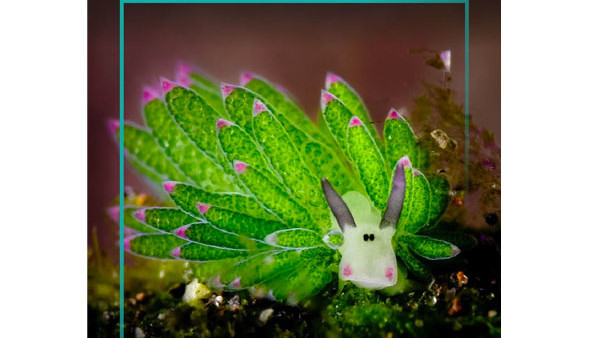
Scientific Name:Costasiella Kuroshimae
Where to Find It: Off the coasts of Japan’s southern islands
This little guy could easily star in the next Pixar film, and has cute appeal in spades. However, the Sea Sheep is not as innocent as his appearance may lead you to believe – he maintains his green glow by stealing chloroplasts from passing algae!
5. “Pink Fairy Armadillo”
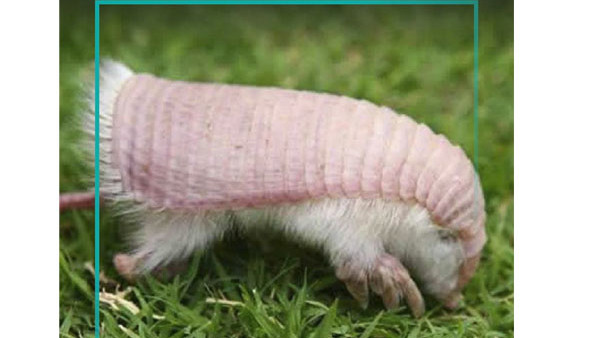
Scientific Name:Chlamyphorus Truncatus
Where to Find It: Only in Argentina
Although undeniably decorative, the Pink Fairy Armadillo’s shell actually functions as a portable radiator of sorts – cooling or heating depending on the temperature of the soil it burrows through.
4. “Solar-Powered Sea Slug”
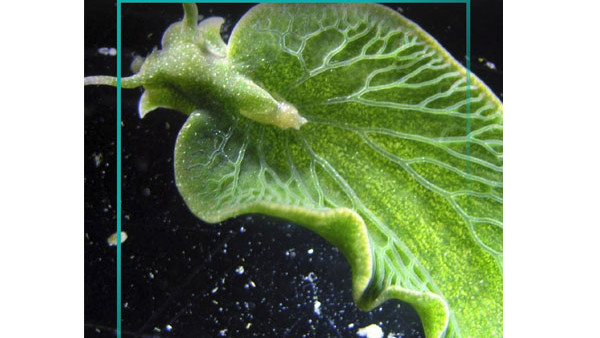
Scientific Name:Elysia Chlorotica
Where to Find It: Off the eastern coast of Canada and the USA
Easily mistaken for a floating leaf, this day-glo sea creature harnesses the power of unsuspecting, passing algae cells to photosynthesise and produce its own food.
3. “Sea Mouse”
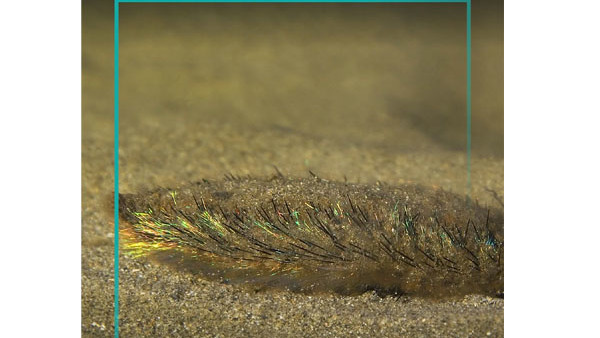
Scientific Name:Aphrodita Aculeata
Where to Find It: North Atlantic, Baltic and Mediterranean Seas
Resembling more a drowned rat than a cute, fluffy mouse, this diminutive sea dweller is distinguishable by its iridescent shimmer, caused by a specific pattern of light refraction.
2. “Lowland Streaked Tenrec”
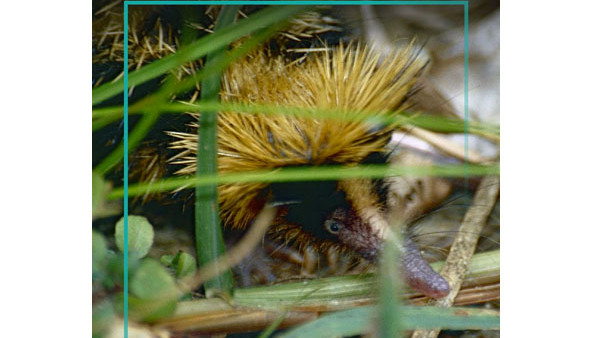
Scientific Name:Hemicentetes Semispinosus
Where to Find It: Only in Madagascar
The Lowland Streaked Tenrec’s majestic spines have multiple functions – looking fabulous being the most obvious one. These spines are also crucial to a Tenrec’s social life, as they are rubbed together to create high-pitched, communicative noises.
1. “Dumbo Octopus”
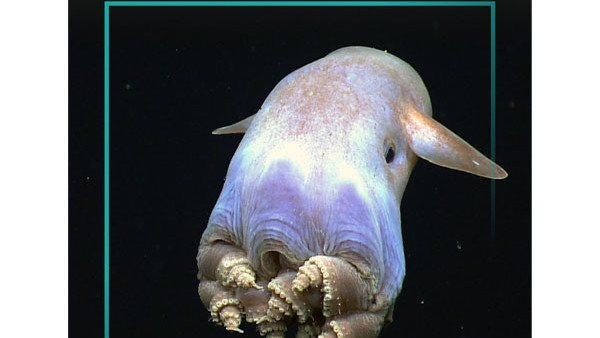
Scientific Name:Grimpoteuthis
Where to Find It: Deep oceans worldwide
The adorable little sea-ears that propel this octopus through the water have led to it being named after everyone’s favourite Disney elephant. The inky critter has also been immortalised in Finding Nemo, as all hardcore fans of animation will no doubt remember.